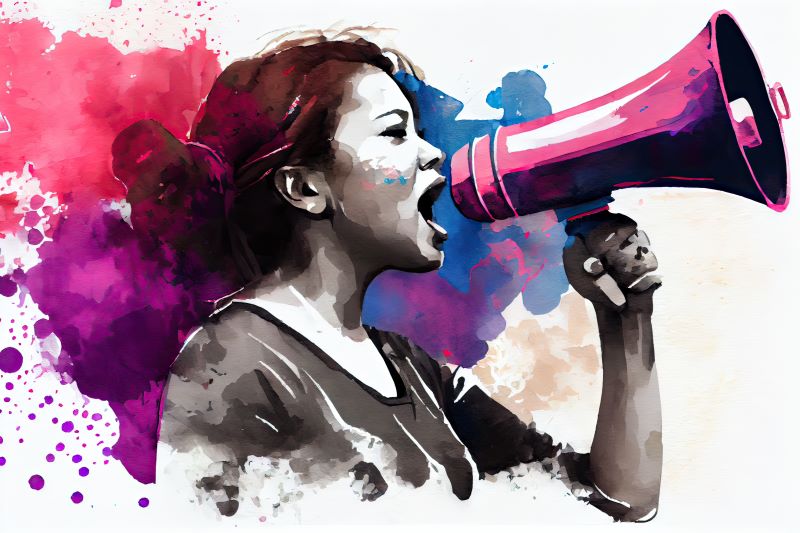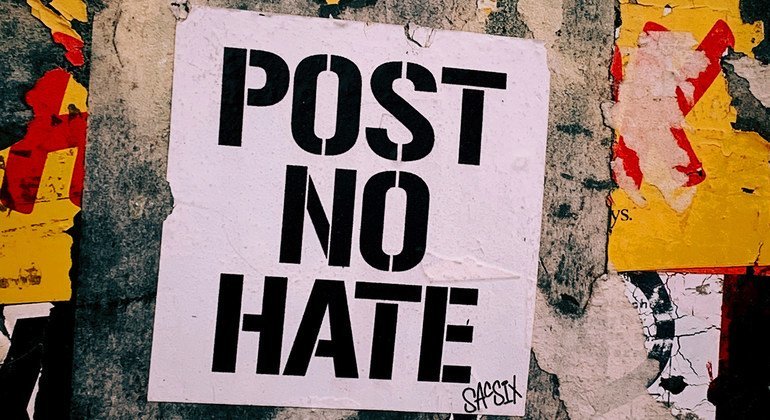By Paula Gerber and Katie O’Bryan
Now that we have the wording of the constitutional amendment and the referendum question, it is important to consider what these words actually mean and whether there is anything in the proposed text that we should be worried about.
The Solicitor-General, Stephen Donaghue, has concluded that the wording of the amendment to the constitution poses no threat to Australia’s democratic system of government.
This is reassuring, and it is still important for everyone who will be voting in the Voice referendum (to be held between October and December this year), to understand these five aspects of the question and the proposed change to our constitution.
How is the Constitution going to be amended?
A new, very short chapter (less than 100 words) will be inserted into the Constitution, which says:
In recognition of Aboriginal and Torres Strait Islander peoples as the First Peoples of Australia:
- There shall be a body, to be called the Aboriginal and Torres Strait Islander Voice;
- The Aboriginal and Torres Strait Islander Voice may make representations to the Parliament and the executive government of the Commonwealth on matters relating to Aboriginal and Torres Strait Islander peoples’
- The Parliament shall, subject to this constitution, have power to make laws with respect to matters relating to the Aboriginal and Torres Strait Islander Voice, including its composition, functions, powers and procedures.
This amendment does not in any way diminish the powers of Parliament to make laws.
The Voice simply facilitates First Nations people making representations to Parliament and the executive government, which they are free to accept or reject. Having input directly from our First Nations peoples will help our politicians make better informed decisions.
Why is the question so brief?
The referendum question that will be asked of the Australian people is: “A proposed law: to alter the constitution to recognise the First Peoples of Australia by establishing an Aboriginal and Torres Strait Islander Voice. Do you approve this proposed alteration?”
It is important to keep the question brief so that it can be easily understood by every Australian who will be voting in the referendum. This is quite normal for referendum questions. The more complicated the question (and associated constitutional amendment) the greater chance of misunderstanding and misinterpretation, and the greater the chance of people voting “no” because they are confused by the wording.
This is the approach that has been taken in the past. For example, the successful 1967 referendum for Aboriginal people to be counted in the population, and the 2017 marriage equality postal survey asked the following very short and simple questions:
1967 referendum: Do you approve the proposed law for the alteration of the constitution entitled “An act to alter the constitution so as to omit certain words relating to the people of the Aboriginal race in any state and so that Aboriginals are to be counted in reckoning the population?”
Marriage equality postal survey: “Should the law be changed to allow same-sex couples to marry?”
The Voice referendum takes a similar approach. It is worth noting that this this language is also a requirement of the Referendum (Machinery Provisions) Act 1984 which provides the framework for the conduct of referendums.
What is the significance of the inclusion of executive government?
The executive government is where government policy and most proposed laws are initially developed.
It includes cabinet, which is made up of the prime minister and approximately 19 senior ministers, but can be up to 30 ministers. Cabinet is the main decision-making group within executive government.
The executive also includes the public service. Thus, the Voice would be able to have input into not only the development of laws, but also the work of the public service in the implementation of those laws. The inclusion of “executive government” is not a cause for concern, because the wording explicitly limits the role of the Voice to making representations.
There is no compulsion on Parliament or the executive to accept or act on those representations.
Including the executive arm of government does not open the floodgates to court challenges. As former High Court chief justice Robert French observed, “There is little or no scope for constitutional litigation arising from the words of the proposed amendment. The amendment is facilitative and empowering.”
Including executive government in the proposed amendment makes clear that the Voice may make representations when a law or policy is being developed, rather than only when it is introduced as a bill into Parliament, which is very late in the process of creating laws and policies.
Why should Parliament get to decide the composition, functions, powers and procedures of the Voice?
Parliament is given the power to make laws with respect to the composition, functions, powers and procedures of the Voice because our constitution is about basic structures and principles, not the day-to-day operation of our system of government. The constitution contains many examples of Parliament being given powers to pass laws. For example, section 51 provides that, “Parliament shall, subject to this constitution, have power to make laws … with respect to … ” This wording is very similar to the wording of the Voice amendment.
It is the role of Parliament to make laws. Thus, giving it the power to enact and amend legislation establishing the Voice is entirely consistent with how our democracy has operated since Federation in 1901.
There have been calls for further detail about what the legislation will look like, but this should happen after the constitutional amendment has been approved.
The people are being asked to vote on amending the constitution to establish a Voice, not on draft legislation that will follow a successful referendum; legislation which is likely to change over time, as circumstances change.
The government has released a detailed set of design principles that will guide the drafting of the bill to establish the Voice. We should not pre-empt Parliament’s decision regarding what the Voice will look like, given the extensive consultations with Indigenous communities that will be needed with. Indeed, consulting with Indigenous peoples about the laws implementing the Voice, exemplifies the way the Voice can and should operate in practice.
How much input did Indigenous people have into the final wording?
The final wording was reached in consultation with the referendum working group, comprising 21 Indigenous people from around Australia. There will be further opportunity for input – from both Indigenous and non-Indigenous Australians – now that the referendum bill has been introduced into Parliament, as it has been referred to a parliamentary inquiry.
This could result in changes to the wording.
The result of the 2017 marriage equality postal survey (61.6 per cent said “yes”) should give us confidence that we can come together to better protect the rights of minorities, and that changing laws won’t result in a lawyers’ picnic or the breaking down of society.
This referendum gives all Australians an opportunity to make a real difference in the lives of Indigenous Australians. The Voice will help Indigenous people be heard in matters that affect them specifically.
It will also help address institutionalised inequities, build a stronger, more inclusive democracy and facilitate us working together to build a society that reflects the Australian value of making sure everyone gets a fair go.
Professor Paula Gerber is a Professor in the Monash University Faculty of Law and an Academic Member of the Castan Centre for Human Rights Law.
Dr Katie O’Bryan is a Lecturer in the Monash University Faculty of Law and an Academic Member of the Castan Centre for Human Rights Law.
This article was originally published in The Canberra Times on Sunday, 23 April 2023. You can read the original article here.


